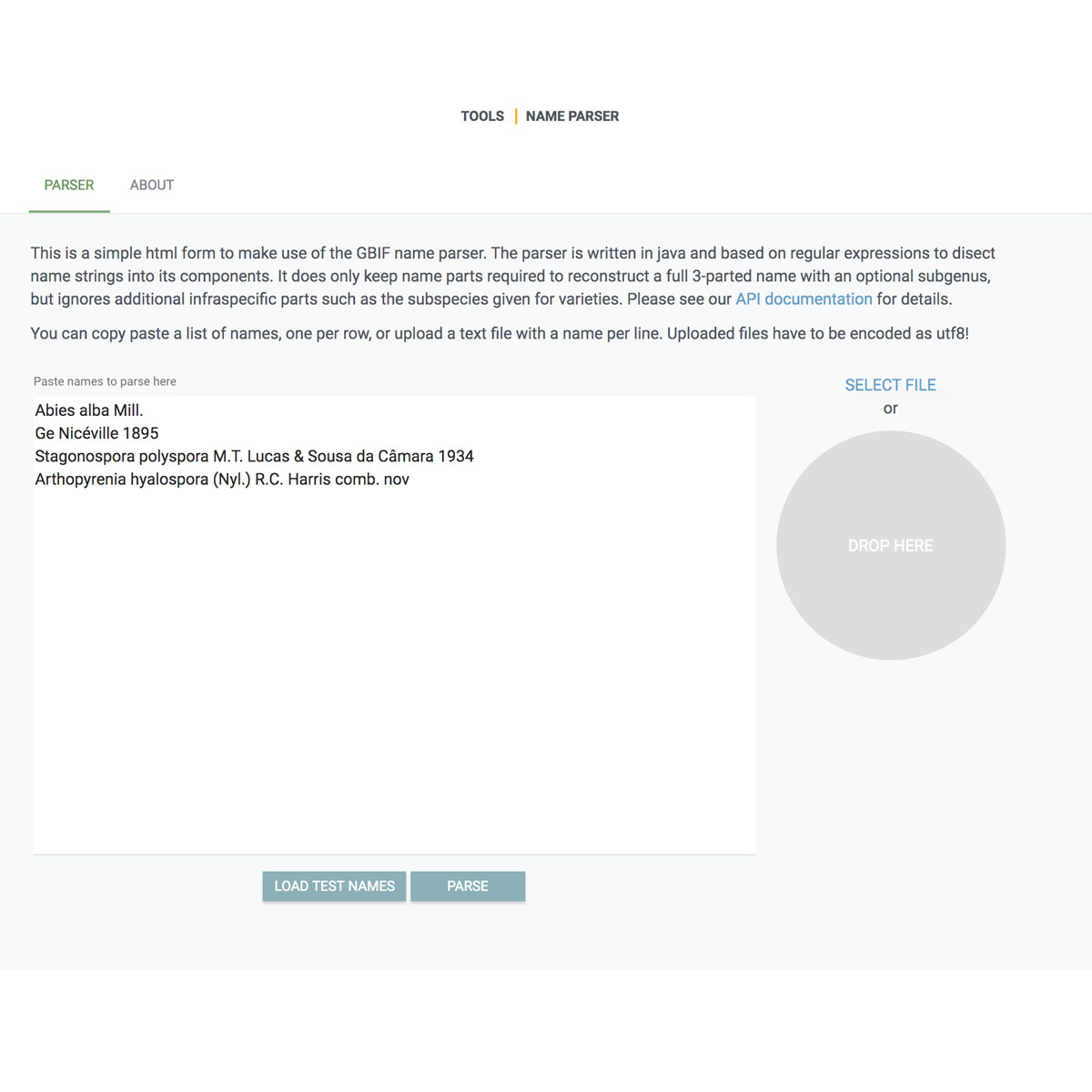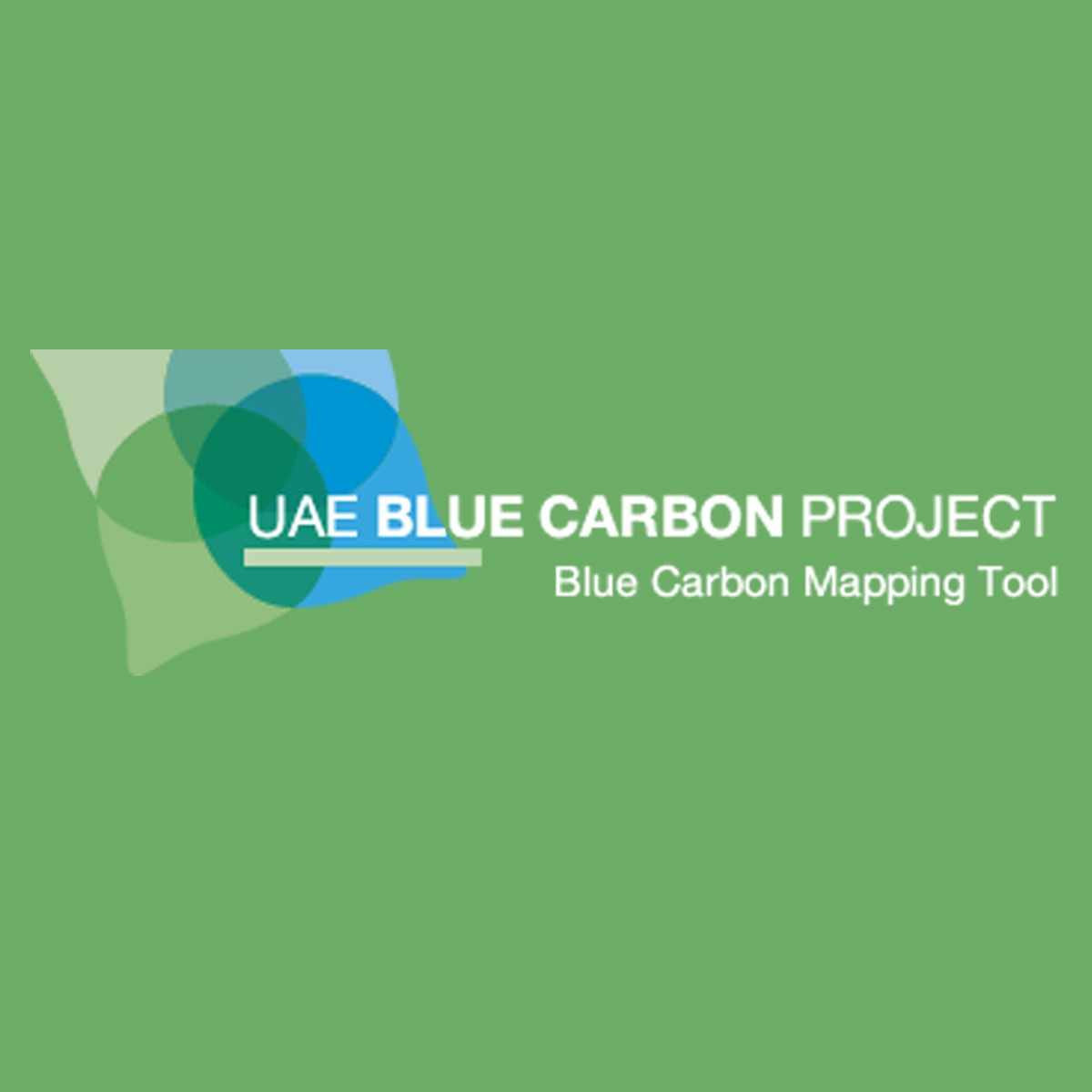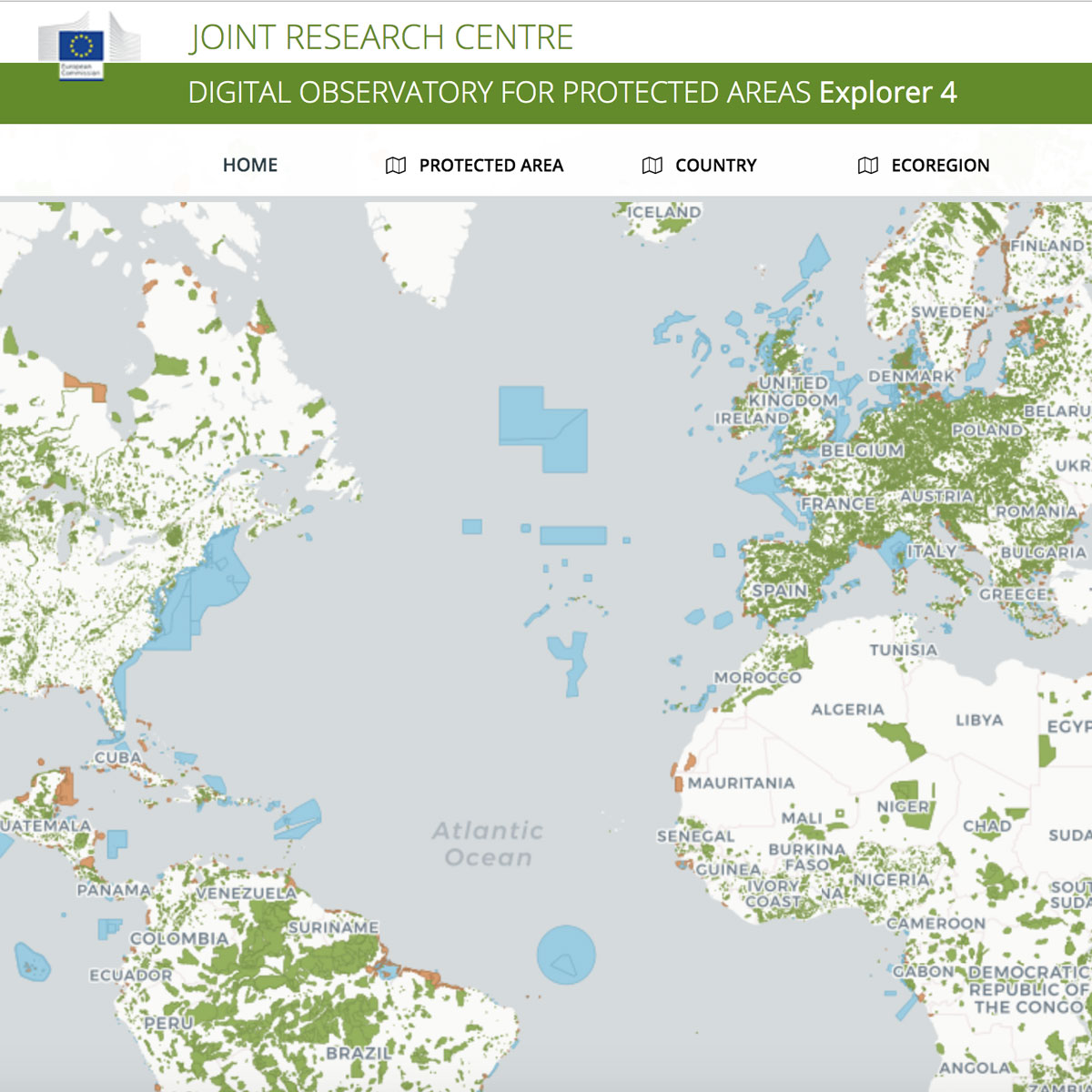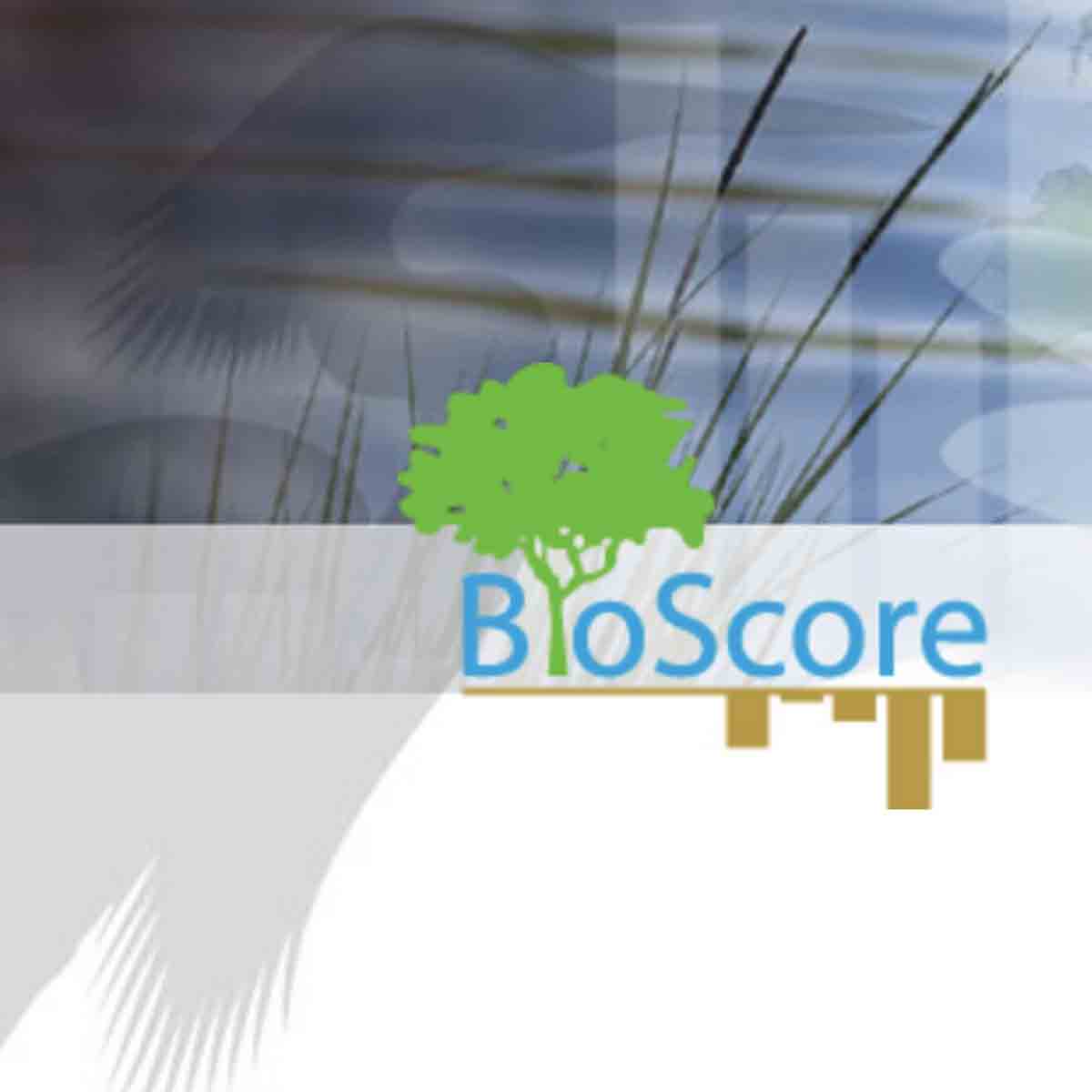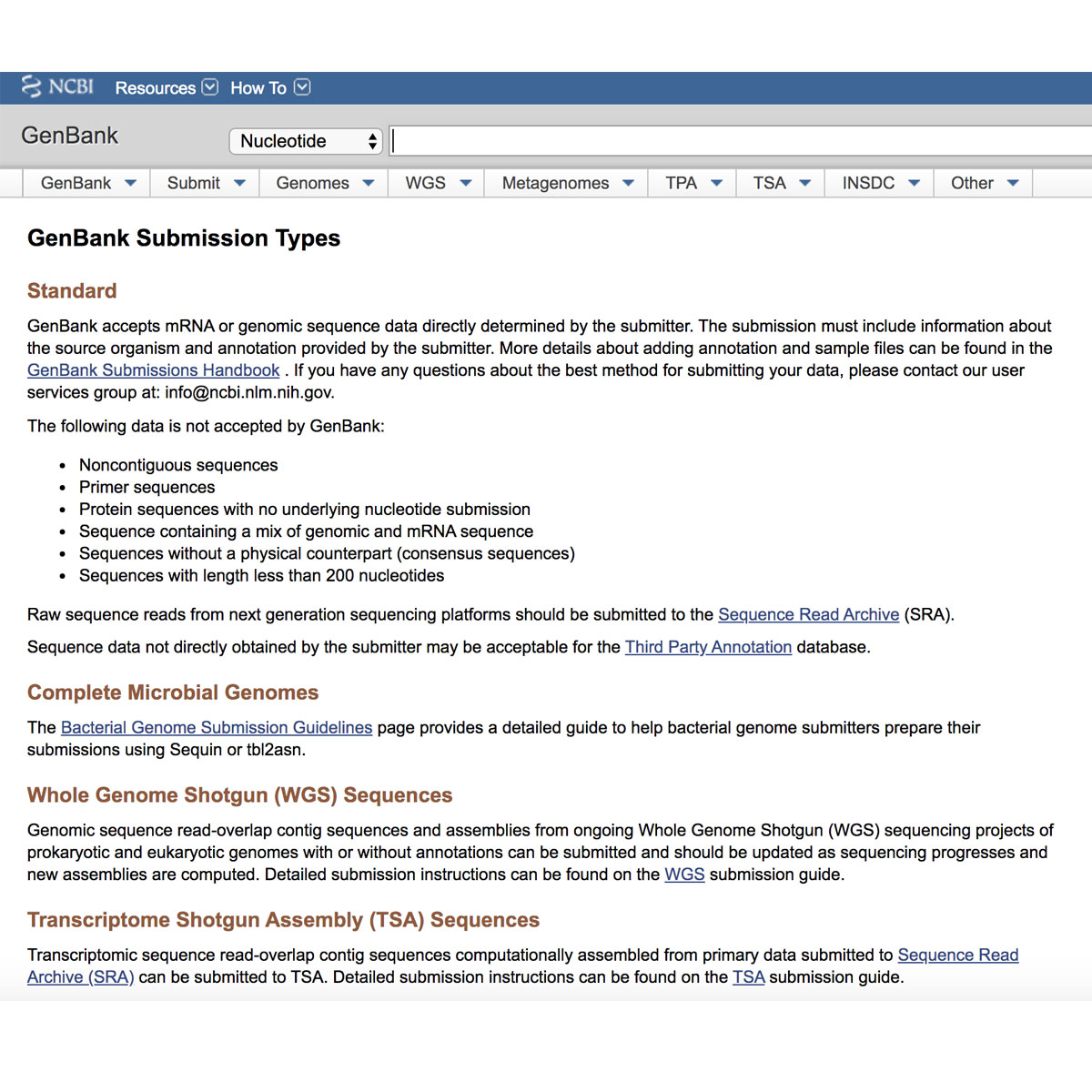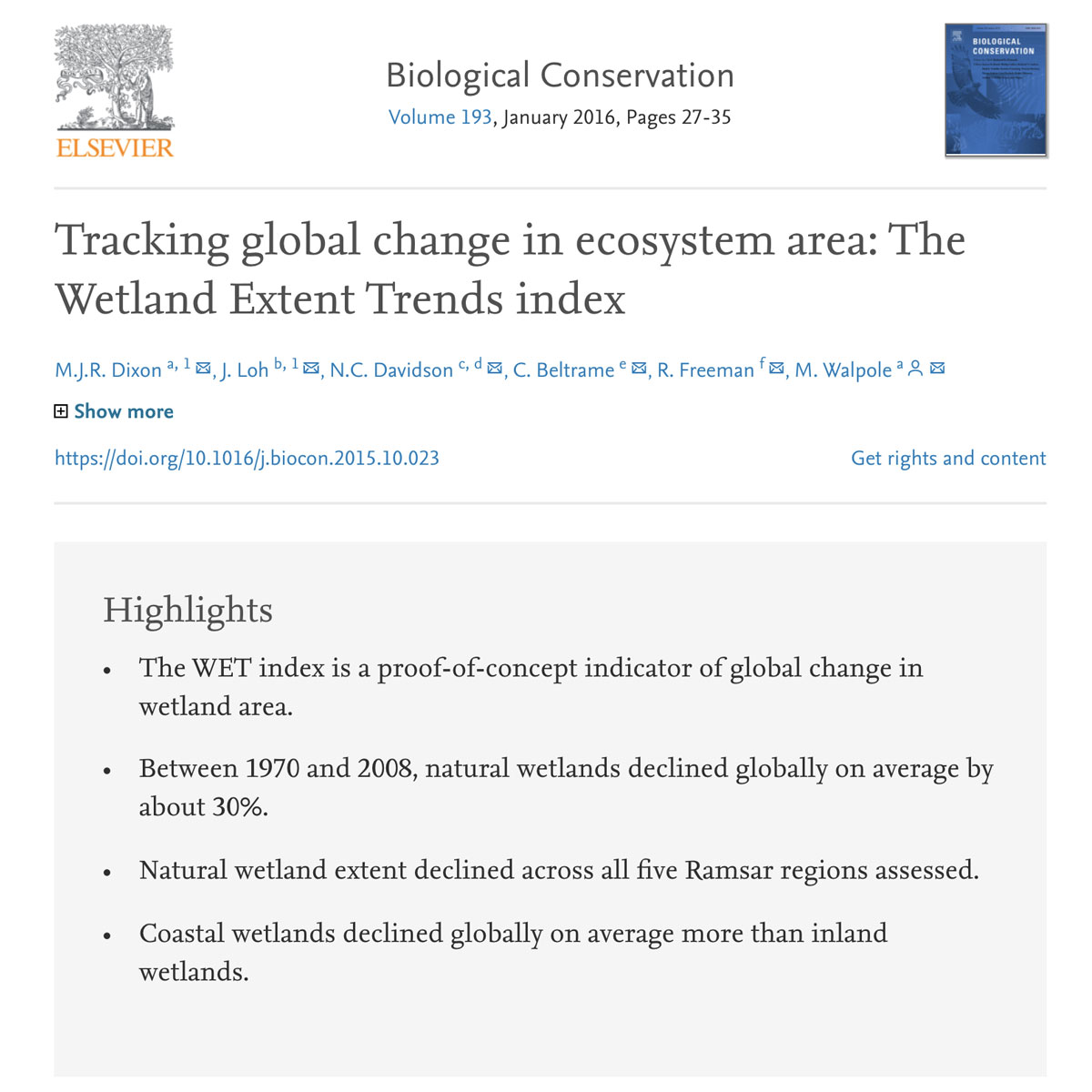
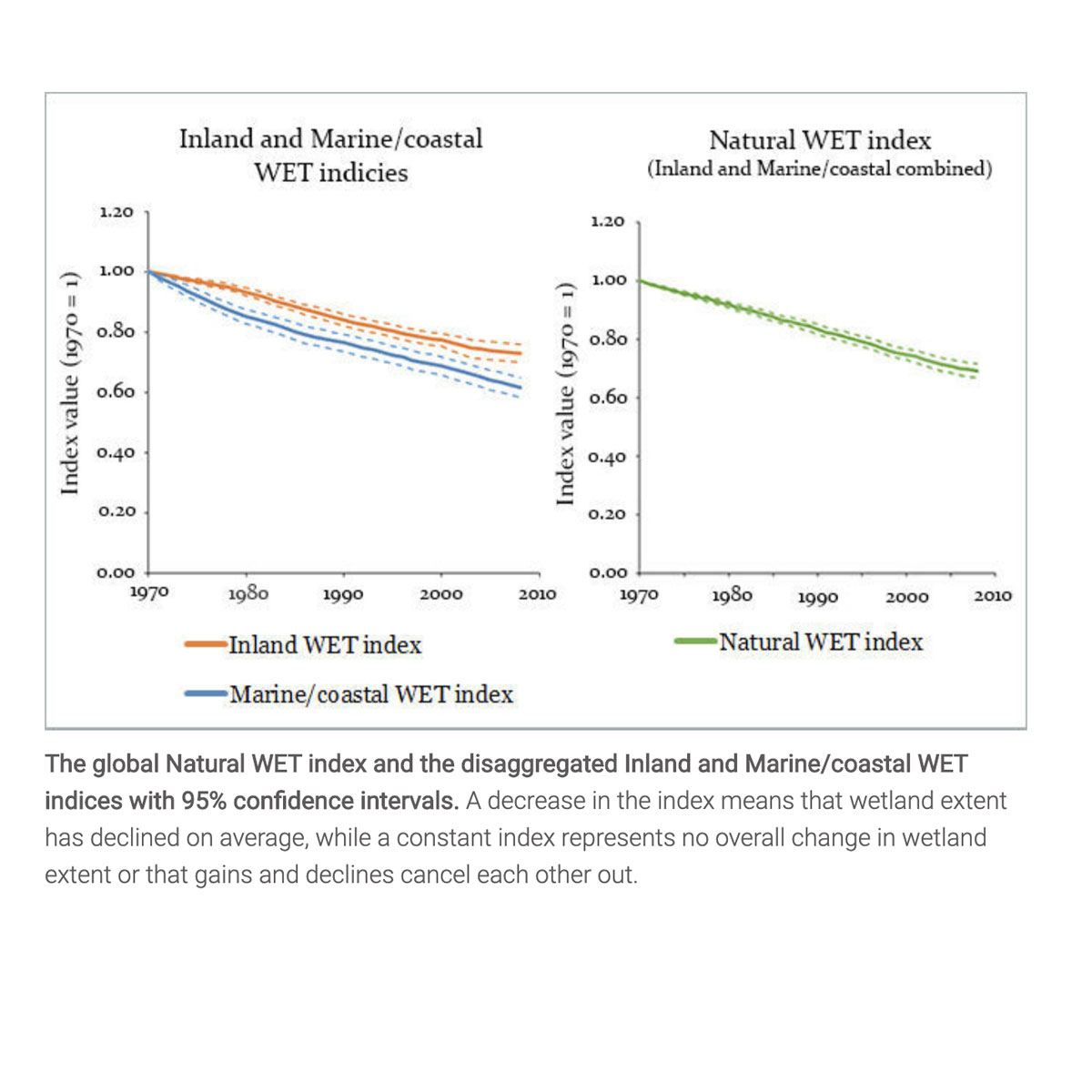
We present a method for estimating broad trends in ecosystem area based on incomplete and heterogeneous data, developing a proof-of-concept for the first indicator of change in area of natural wetland, the Wetland Extent Trends (WET) index. We use a variation of the Living Planet Index method, which is used for measuring global trends in wild verte ...
DOI: 10.1016/j.biocon.2015.10.023
Last Update: 2016
Data analysis Ecosystem structure Freshwater
Login to add the tool into your favorites.
We present a method for estimating broad trends in ecosystem area based on incomplete and heterogeneous data, developing a proof-of-concept for the first indicator of change in area of natural wetland, the Wetland Extent Trends (WET) index. We use a variation of the Living Planet Index method, which is used for measuring global trends in wild vertebrate species abundance. The analysis is based on a database containing 1100 wetland extent time-series records and the method identifies and addresses ecological and biogeographic biases in the dataset. Globally, the natural WET index, excluding human-made wetlands, declined by about 30% on average between 1970 and 2008. Declines varied between regions from about 50% in Europe to about 17% in Oceania over the same period. The WET index fills an important gap in the ecosystem coverage of global biodiversity indicators and can track changes related to a number of current international policy objectives. The same method could be applied to other datasets to create indicators for other ecosystems with incomplete global data.
| Contact person: | M.J.R. Dixon |
|---|---|
| Contact e-mail: | mjrdixon@icloud.com |
| Contact Organization: | United Nations Environment Programme World Conservation Monitoring Centre (UNEP-WCMC) |
| URL(s): |
https://doi.org/10.1016/j.biocon.2015.10.023
https://www.unep-wcmc.org/news/new-wetland-indicator-reveals-decline-in-global-extent-of-natural-wetland |
Login to add a review for the tool Wetland Extent Trends (WET) Index
TOOLS YOU MAY ALSO LIKE
